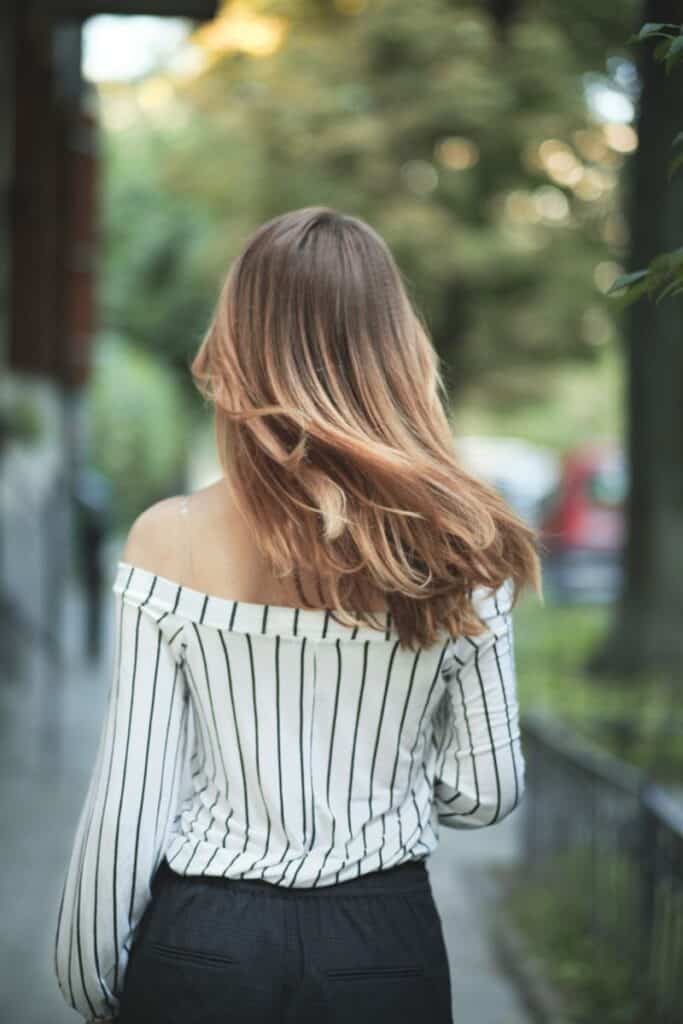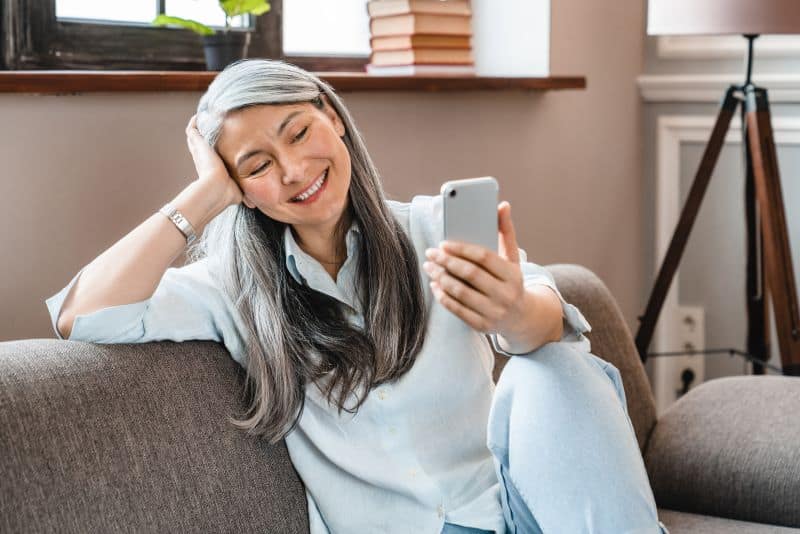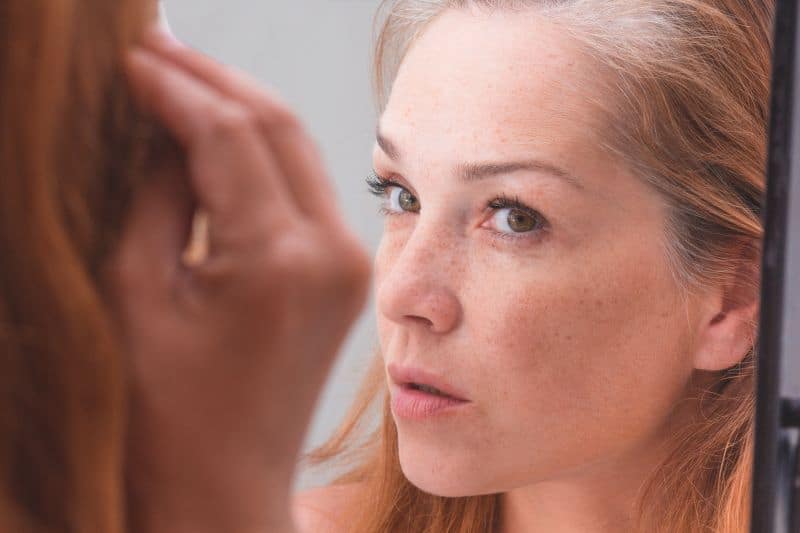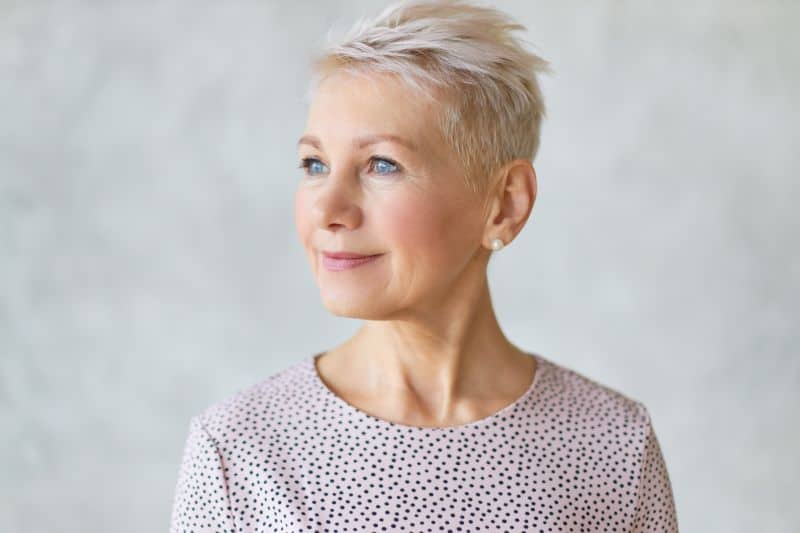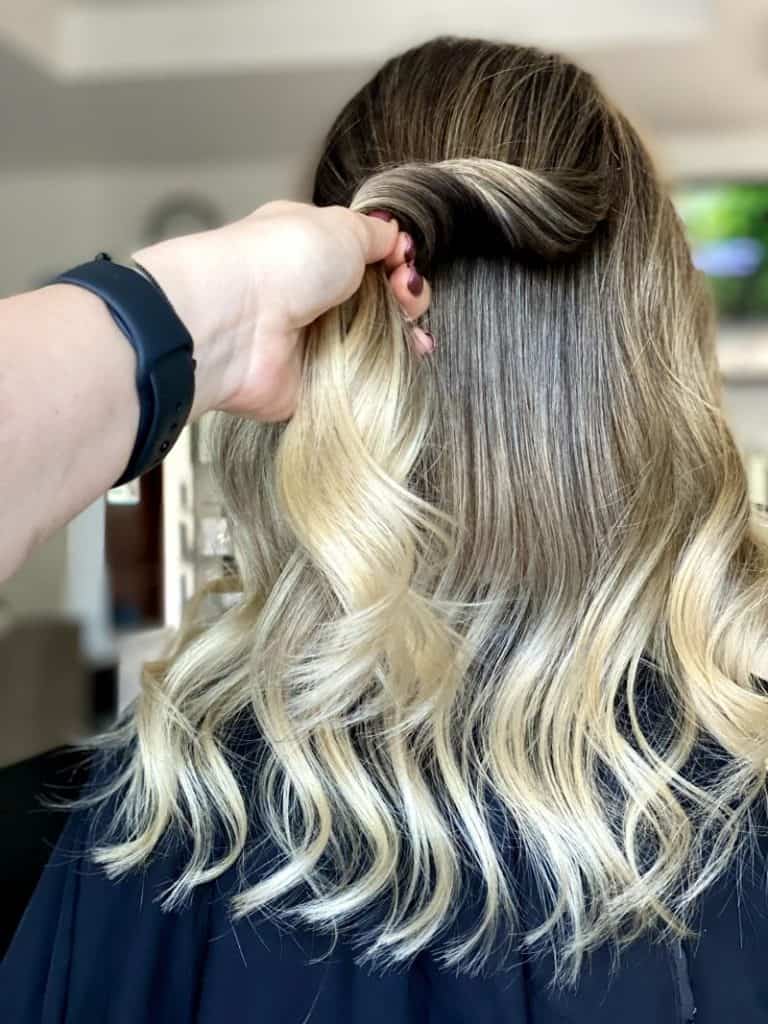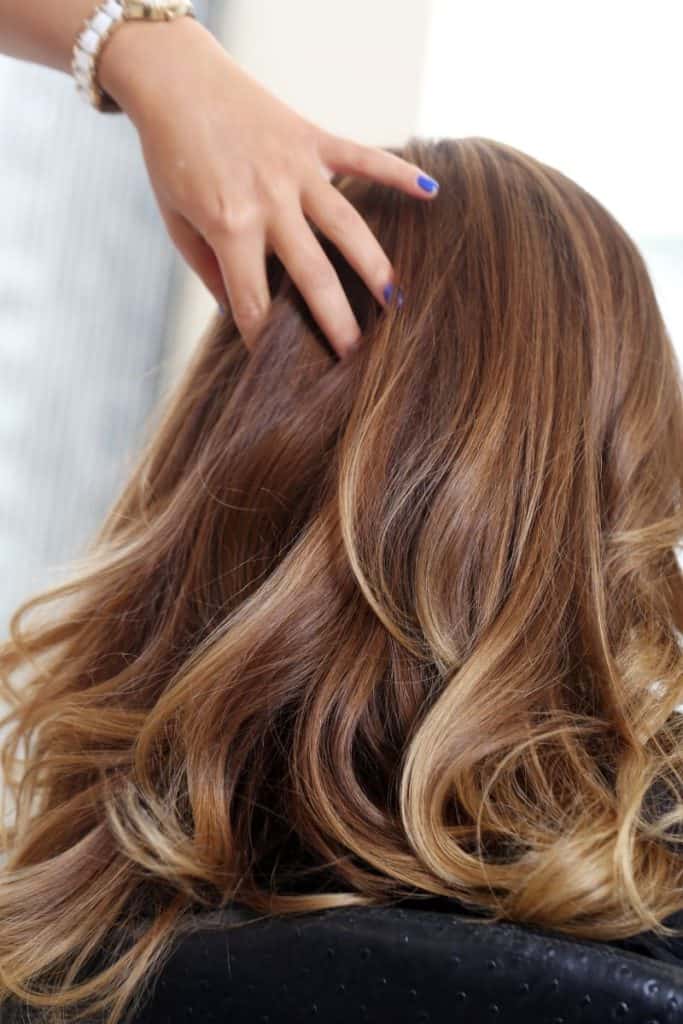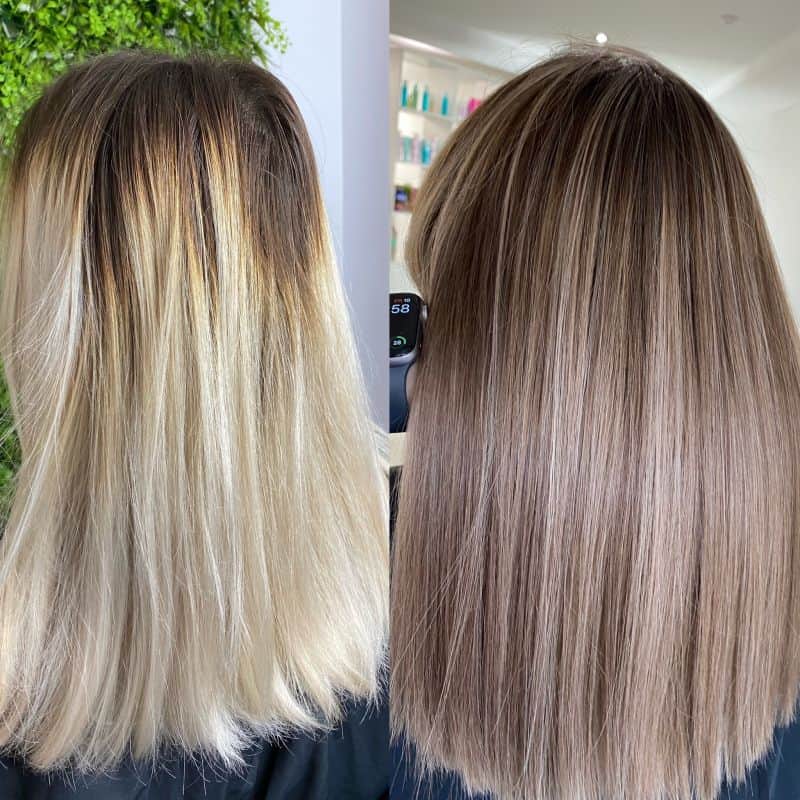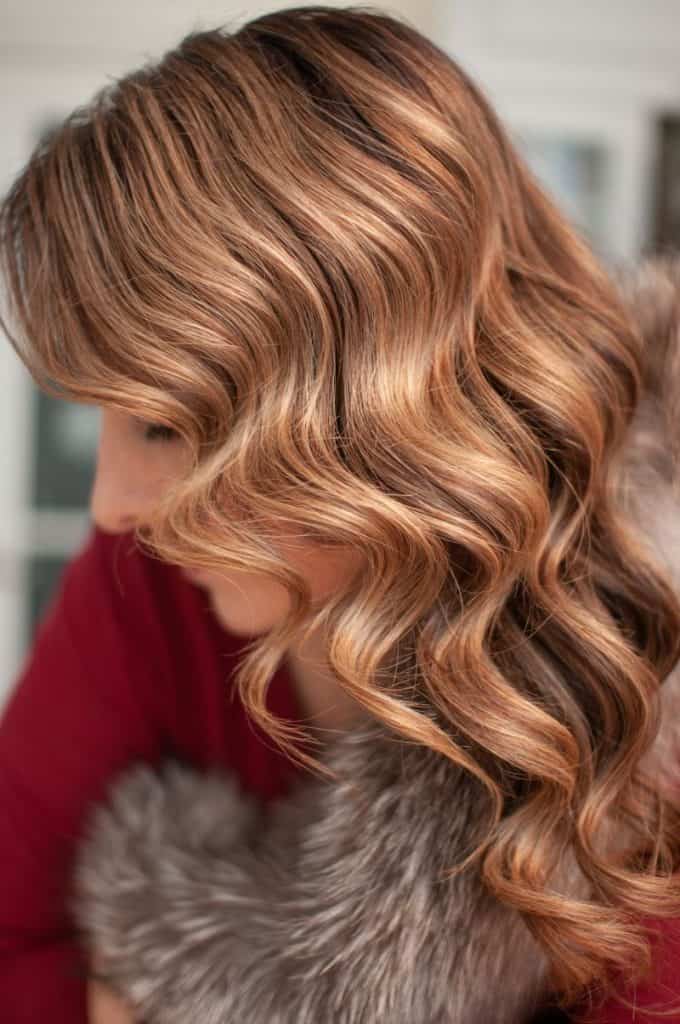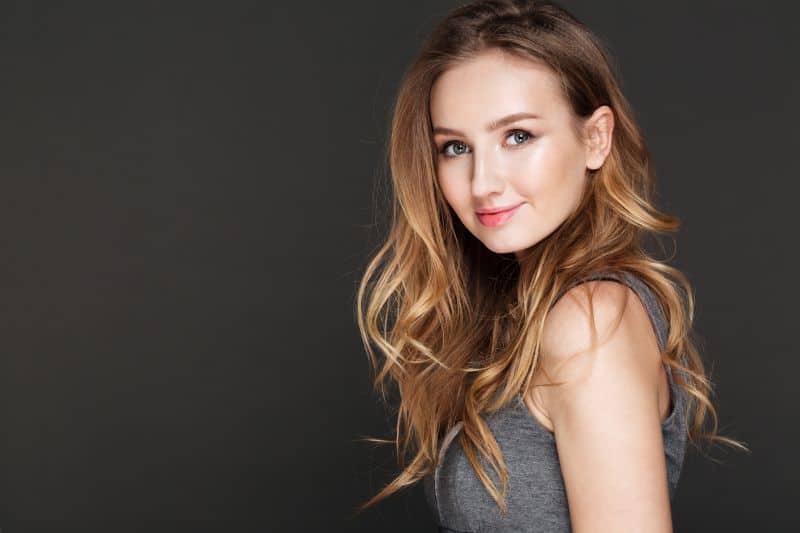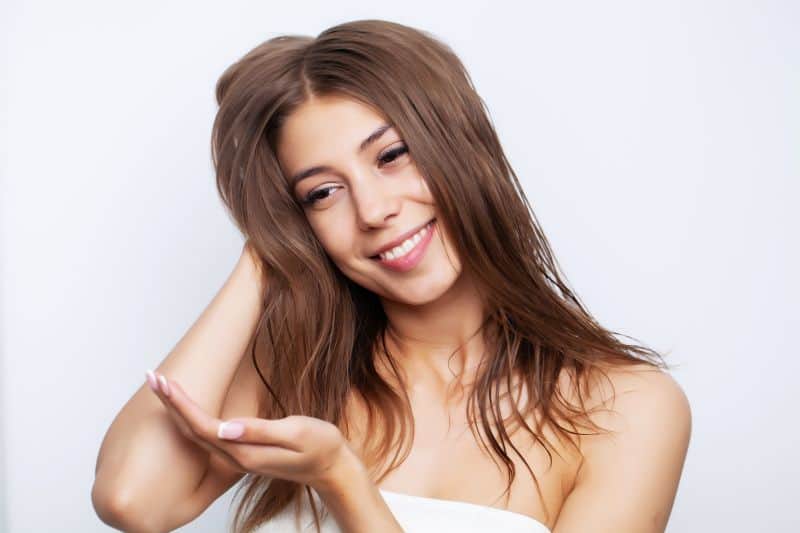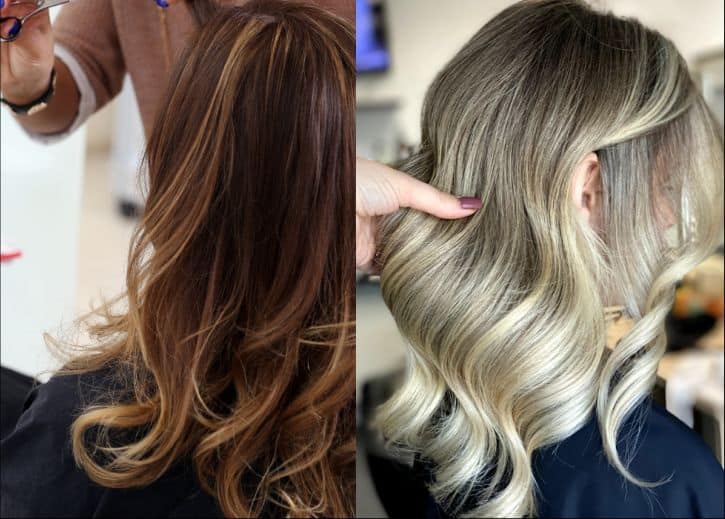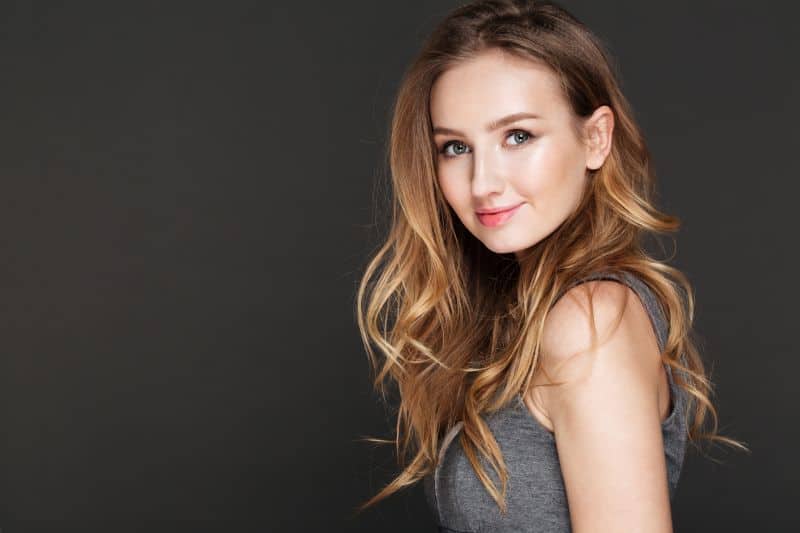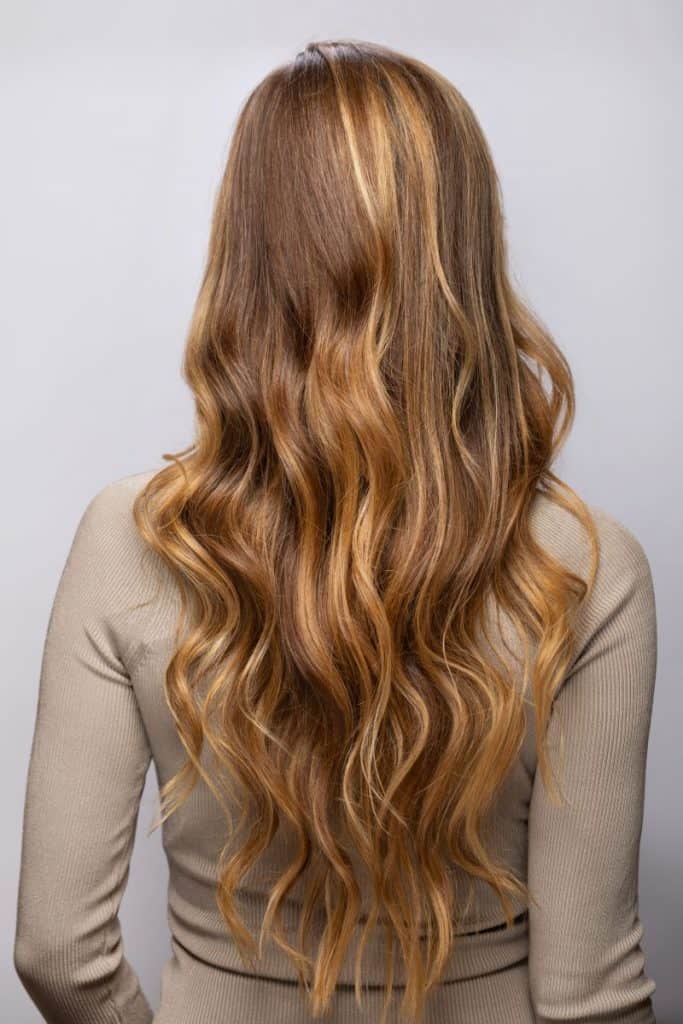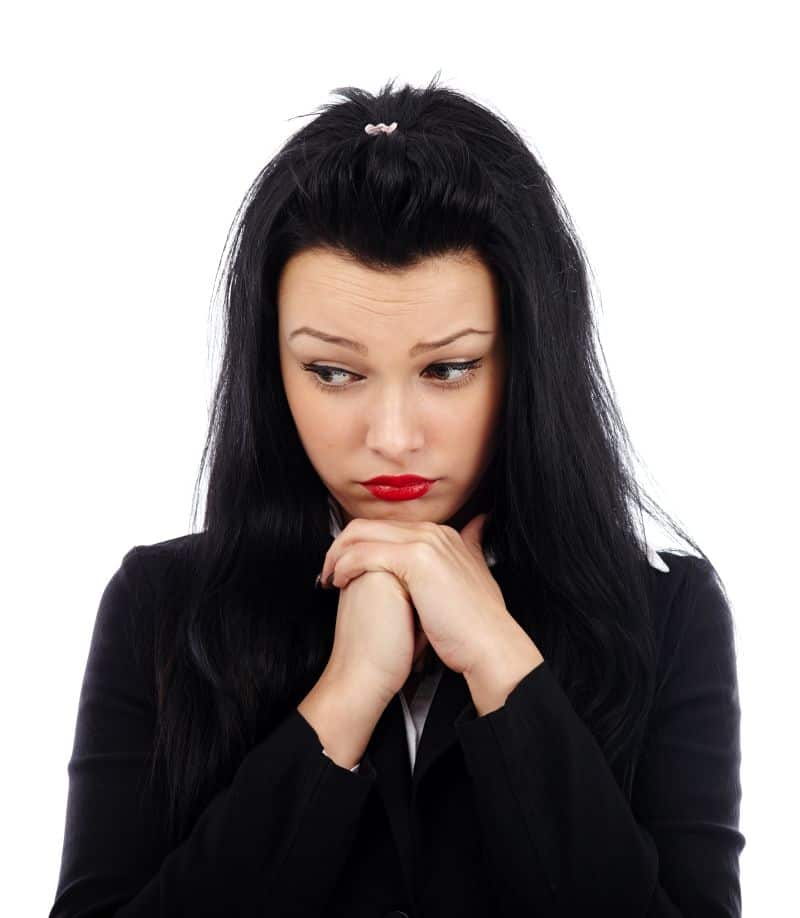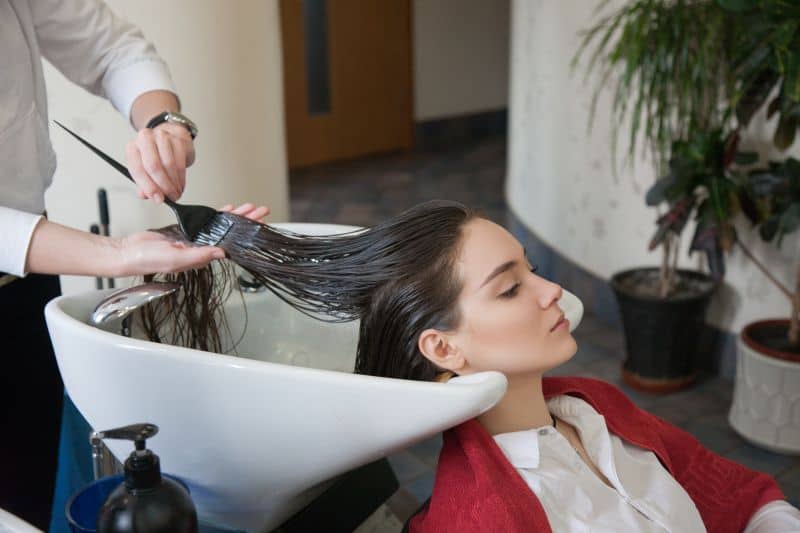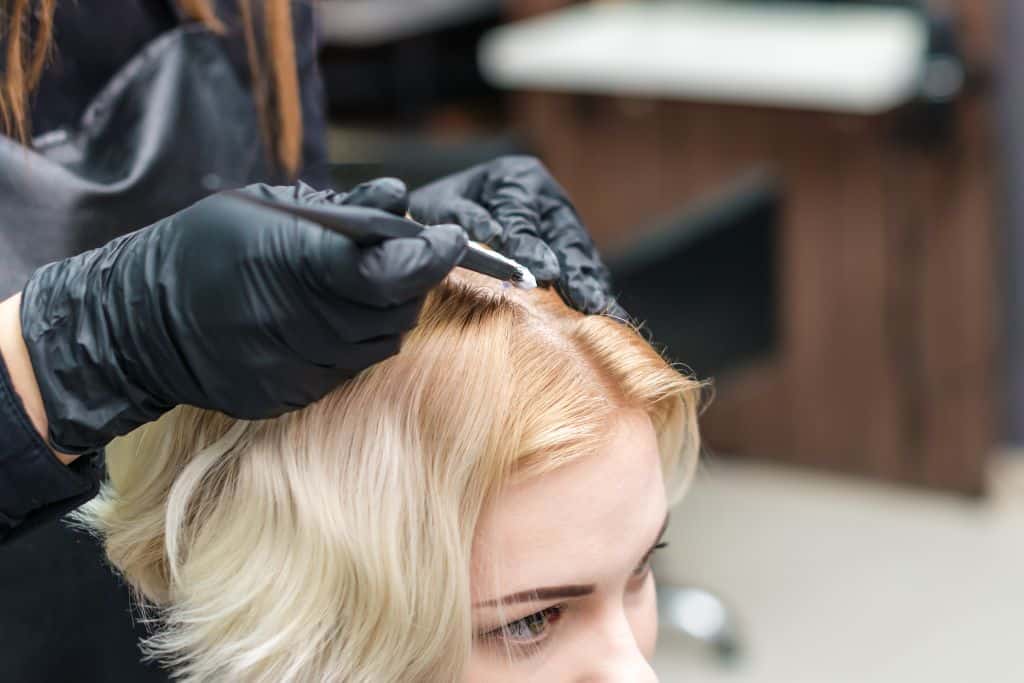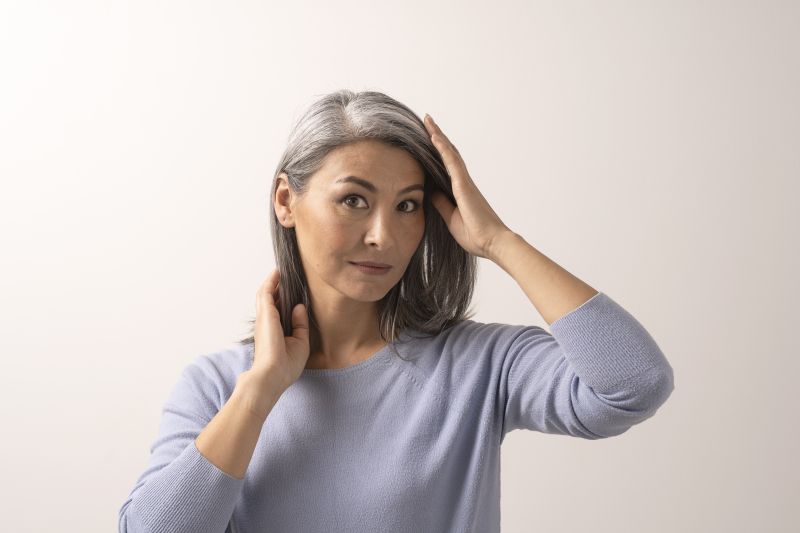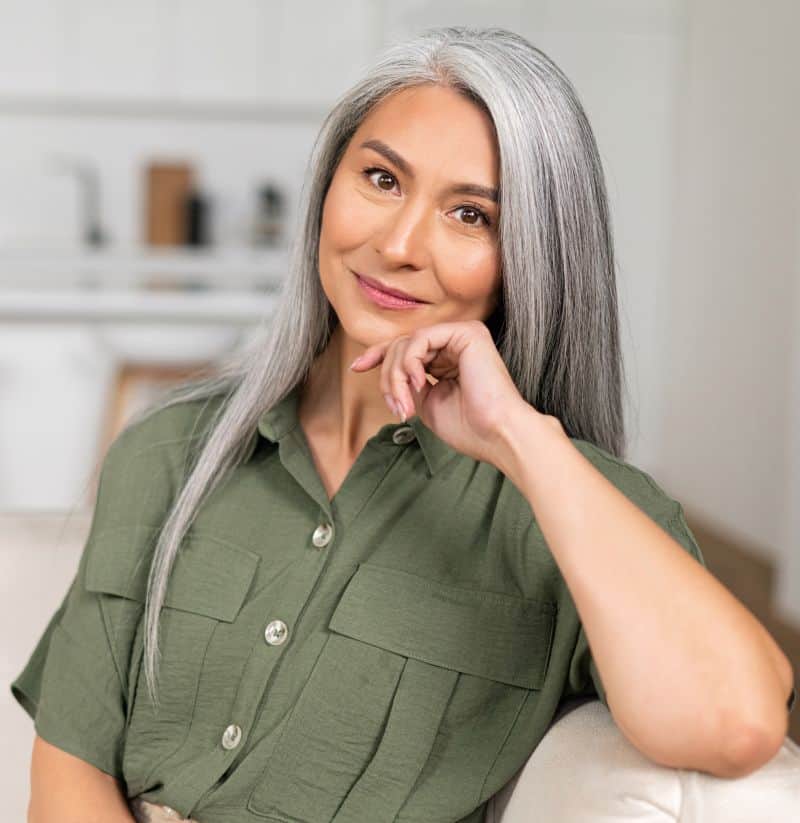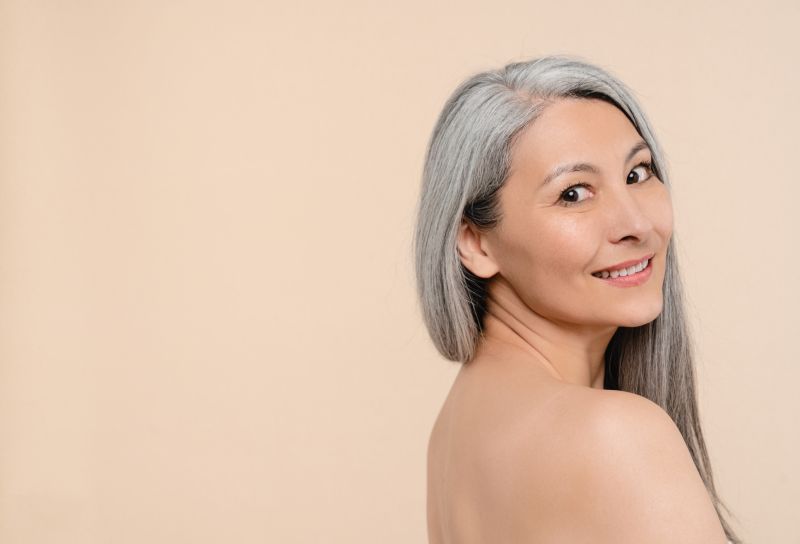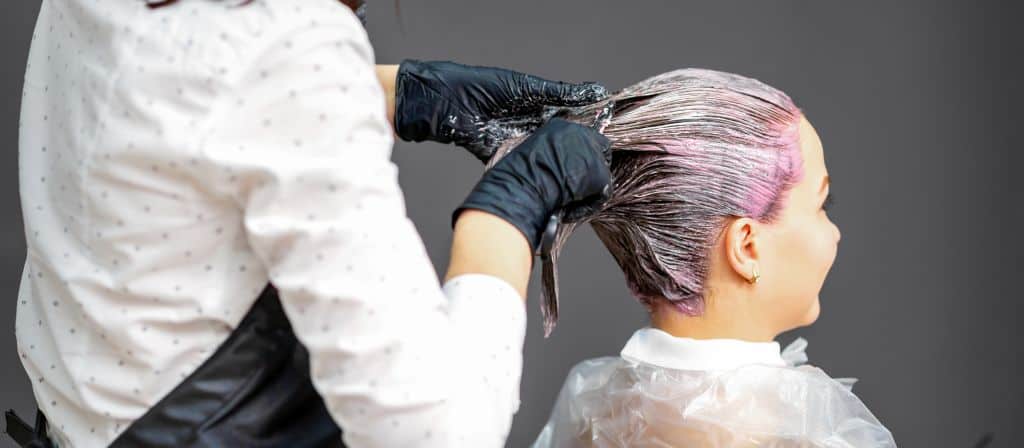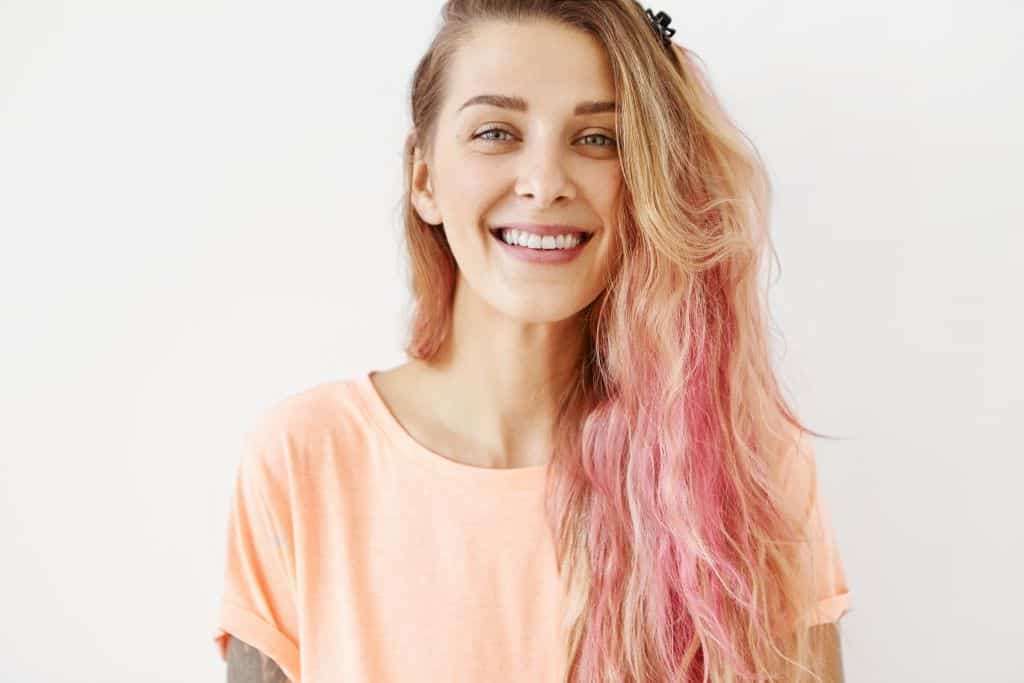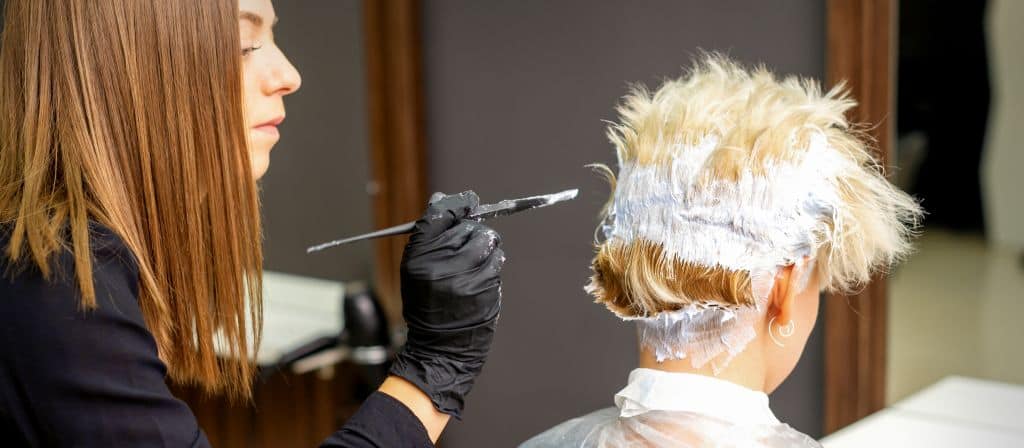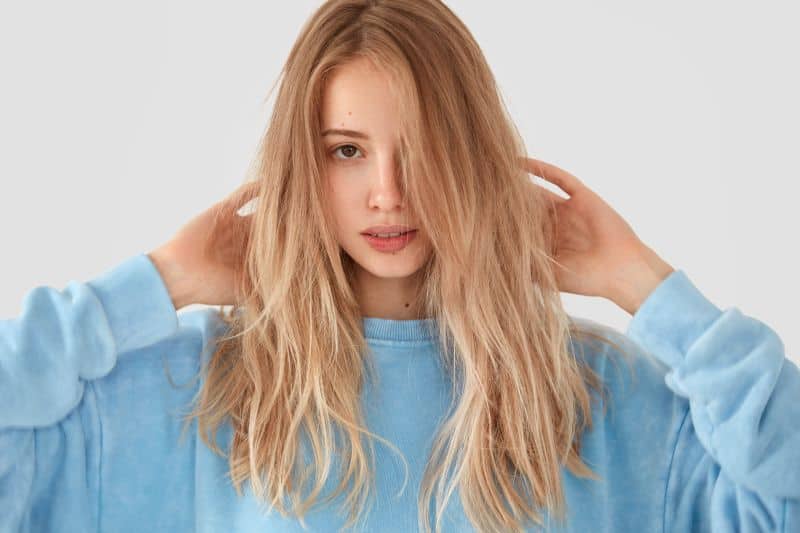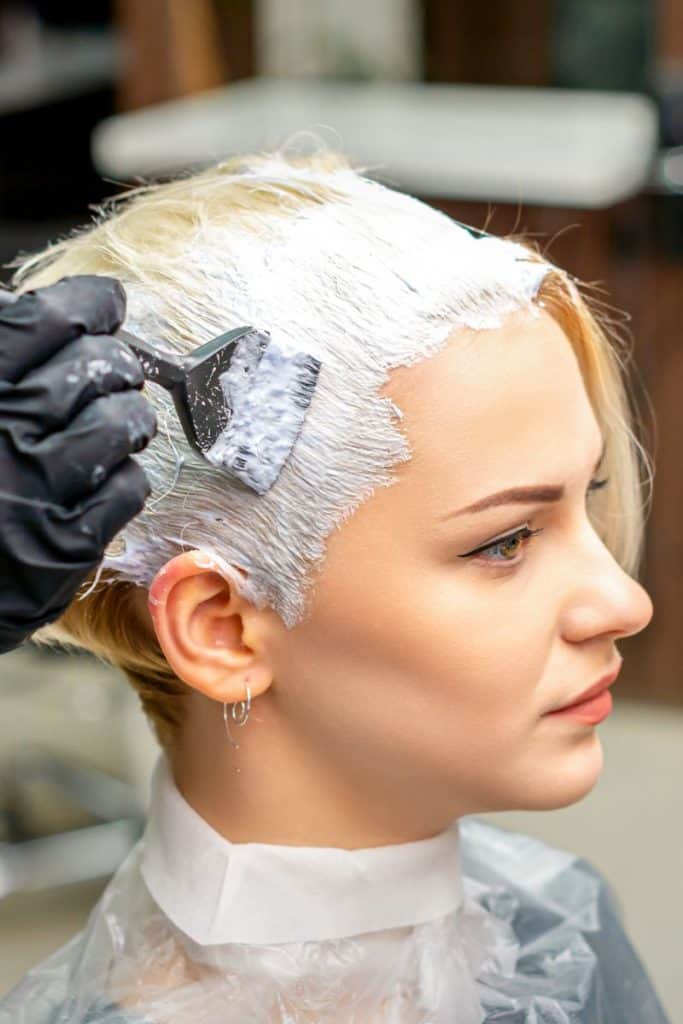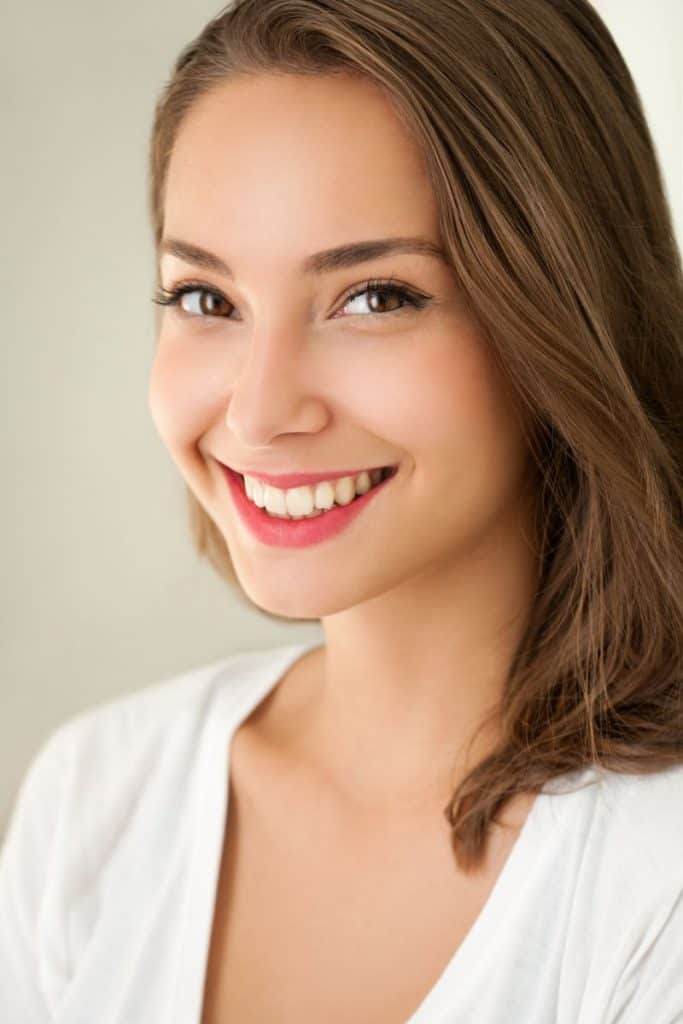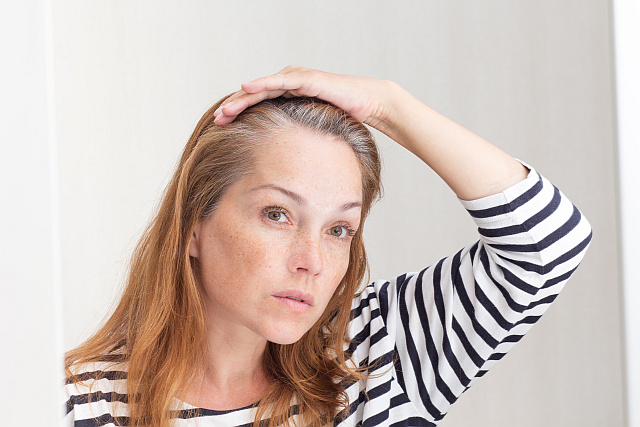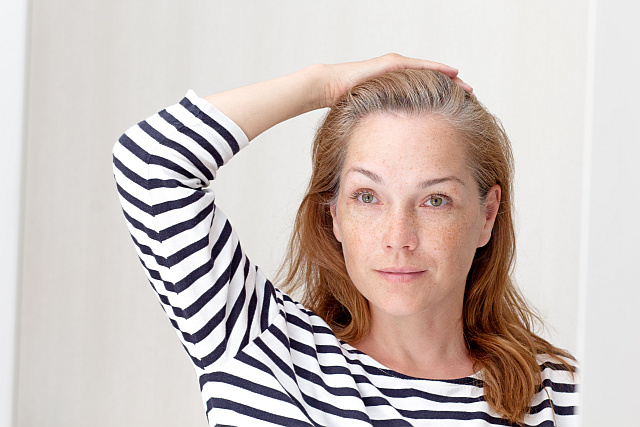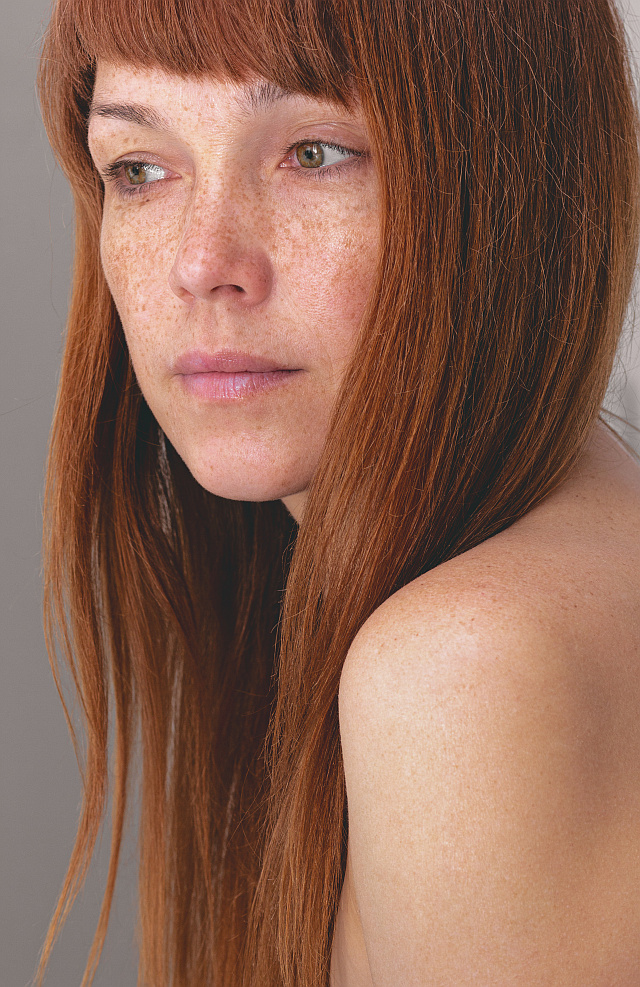What is it we really need as we experience an economic recession here in 2023?
Is it to immediately get on a Dave Ramsey-level budget? Maybe change up skillsets quickly just in case the current job tanks? Or how about slashing the personal budget for any expense that doesn’t have to do with survival? Do we really have to reduce or diversify our stock portfolios while simultaneously letting our hair and nails grow out of whack?
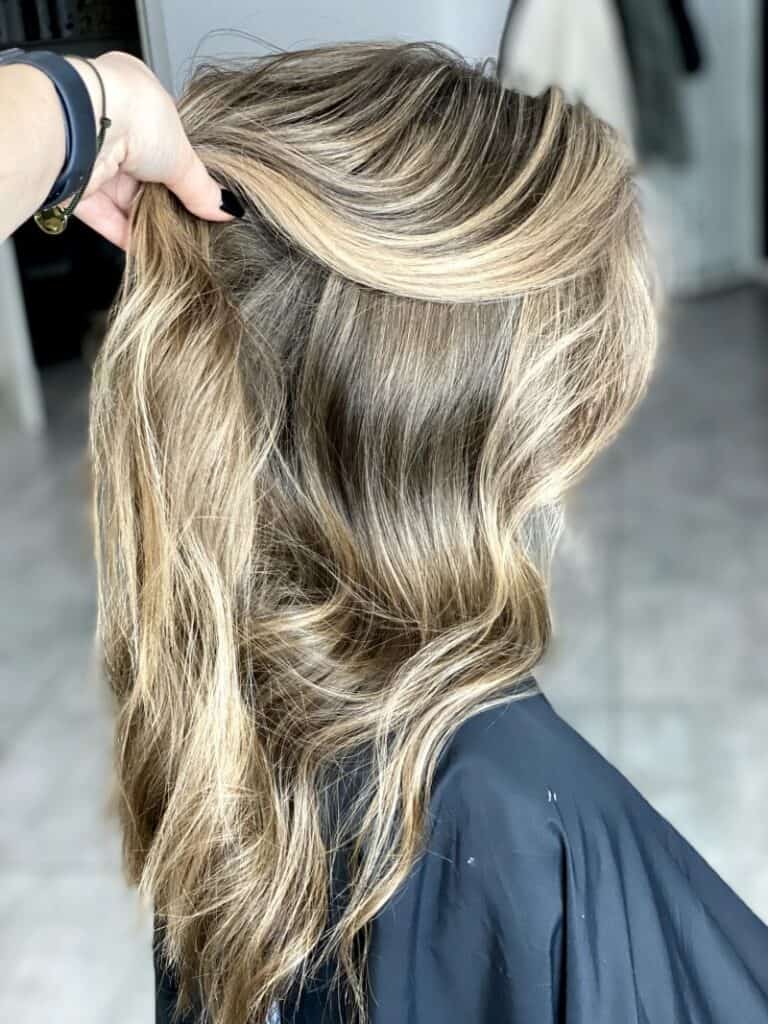
This really doesn’t seem like the answer.
In fact, instead of slashing the budget on experiences like hair and nails, it might be better to think through allocating funds in new ways.
One way to do this is to invest in low-maintenance highlights. That way you can feel and look your best, which is a much-needed 2023 power move, while simultaneously supporting your budget in a healthy way.
What Type of Highlights Is The Easiest to Maintain?
Balayage highlights don’t require regular visits to the salon for touch-ups and are by the far the easiest to maintain.
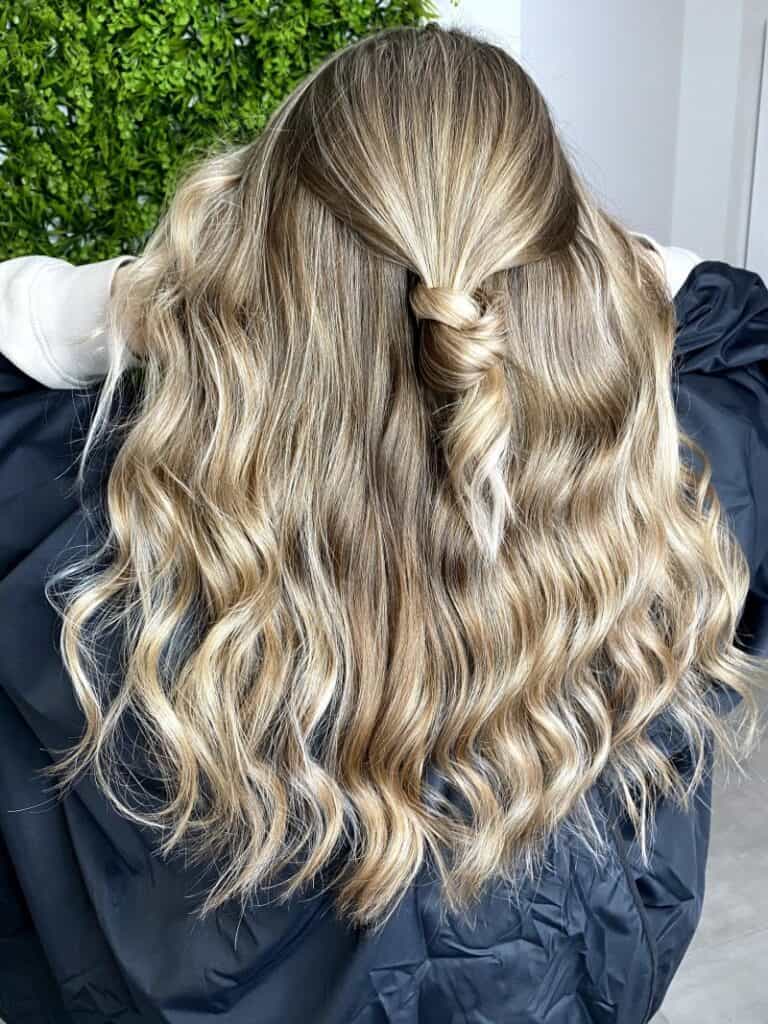
The best way to save money on highlights is to get the low-maintenance type that works with your budget and lifestyle. But discovering what type works best for you deserves consultation with your colorist. They can go over various types of balayage and foliage options that will suit your hair needs.
The balayage highlighting technique is pretty expensive. You can expect to pay for Balayage up to $300 if your hair is long. However, this hand-painted technique creates low-maintenance highlights that elevate your style and give you more time between appointments. The results last a long time which could save you some money.
And there are several types that give you that sun-kissed essence of color: V-shaped balayage, thick panels, French-style balayage, slanted panels of balayage, and more.
But the transition from high-maintenance blonding/highlights to low-maintenance can sometimes feel drastic. If you’re making the switch, but don’t want to lose pops of bright blonde, opt for foilyage instead of balayage.
This technique still gives a “rooted” look that grows out easily, but it provides higher contrast and brighter blonde pieces strewn throughout. Certain types of foliage can still provide low-maintenance highlights but with a brighter edge.
How To Create Low Maintenance Highlights
To save money, choose low-maintenance highlights but for the best results get the lightening job done by a professional colorist.
DIY balayage may save you money, but professional service will obtain better results with less damage to your hair.
Balayage is a specialty color technique where the lightener is hand-painted in V-shapes, thick panels, slanted panels, and French style to create the illusion that the sun infused the highlights into the natural hair. It’s a beautiful, effortless technique that adds a lot to a look.
Your colorist will help you achieve the look you want by going over what level of lightness works best on your natural color. For less upkeep, your colorist will keep your base shade close to your natural color.
If your natural color is lifted 2 levels higher, the maintenance for your highlights is simple and easy to keep up. If it’s lifted 3-5 levels higher, some of the maintenance may include needing a toner.
How Often Do Balayage Highlights Need to be Refreshed?
To refresh the balayage, you need to go to a salon anywhere from 2-4 times per year.
A 6-month schedule is great for people who love a rooted look that moves into a grown-out look without the need to touch it up too early.
Usually, if the highlights are lifted 2 levels lighter than the natural hair, getting it done twice a year should be more than enough.
If the highlights are lightened 3-5 levels higher than the natural hair color, getting it refreshed 3-4 times per year works.
While the maintenance schedule for balayage highlights is simple, a toner might still be needed between highlight appointments if the color fades brassy. This can adjust the tone back into a range that’s softer and less warm.
What’s the Difference Between Foiled Highlights and Balayage?
- Foiled highlights = high maintenance.
- Balayage Highlights = Low maintenance.
One of the main differences has to do with the line of demarcation. This is the line that’s created from the alternating pattern the foils generate when they enclose the hair and meet the scalp. When the line grows out, it is stark, creating a strong horizontal line that is noticeable and looks unnatural.
Balayage highlights don’t have a line of demarcation. Because each lightened piece is hand-painted, there is a variation to each one. This creates a natural-looking, staggered pattern that mimics the way the sun lightens hair. The growth is effortless and gentle, letting you go a long time between appointments.
Balayage Vs. Ombre. Which Style Is Esier to Maintain?
The Ombre hair color technique is budget-friendly and requires less maintenance than balayage.
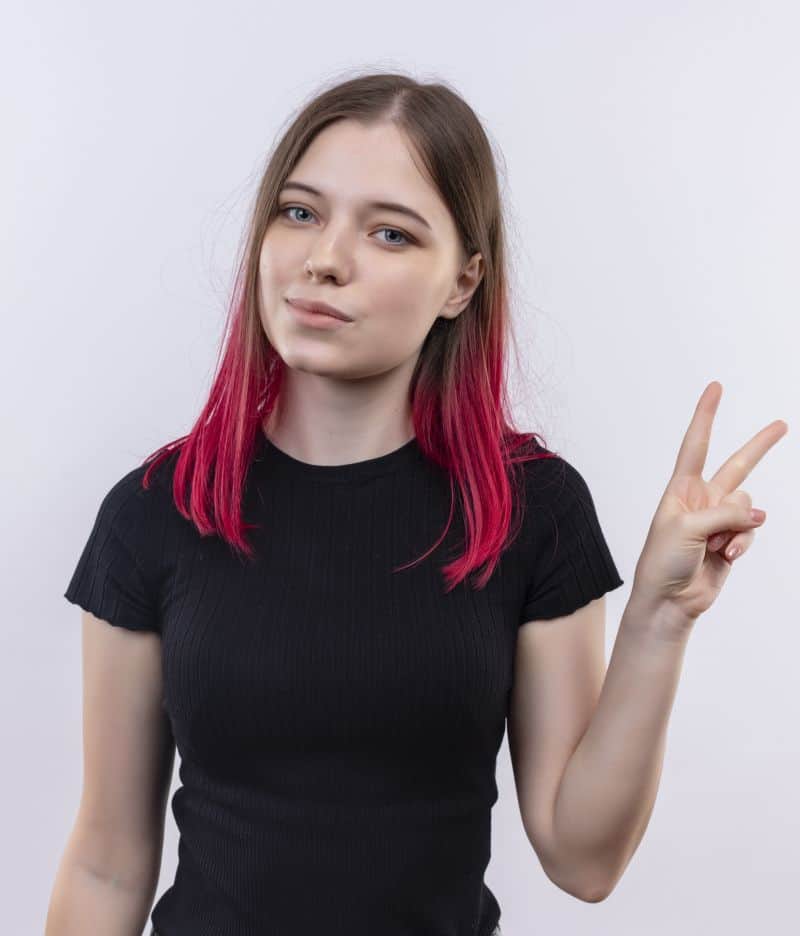
The terms balayage and ombre have often been used interchangeably, but they are two different things.
Balayage is the technique of hand-painting highlights. Ombre is the look that’s created when there are 3 or more inches of darker hair that transition into lighter hair. You use the technique of balayage to create the look of ombre hair.
Typically, when people request a balayage, the colorist will figure out how much of their natural root the client wants to keep. It can range from no root at all to about 2 inches.
When an ombre is requested, it’s understood that the client wants a very rooted look, usually, 3+ inches of natural root growth is left in the hair before transitioning to the lighter color.
Ombre hair color lasts anywhere from three to six months. Sometimes clients can go even a year without a touch-up. You need to use sulfate-free and color-safe shampoos and protect your hair from heat and environmental damage.
